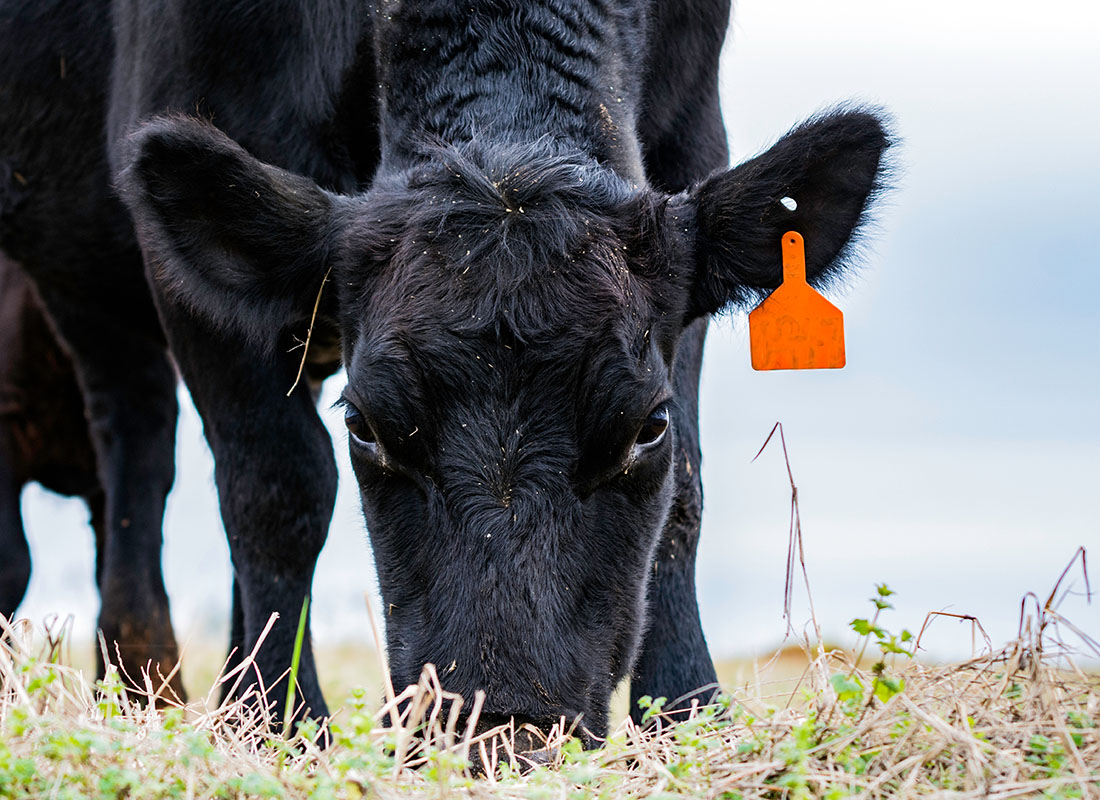Strategic Collaborations for Resilience: Bagley Risk Management
Strategic Collaborations for Resilience: Bagley Risk Management
Blog Article
Key Aspects to Take Into Consideration When Finding Animals Risk Protection (LRP) Insurance
When reviewing options for Animals Risk Defense (LRP) insurance coverage, numerous essential variables require mindful consideration to make sure effective danger monitoring in the agricultural field. Choosing the ideal insurance coverage choices customized to your specific animals procedure is paramount, as is comprehending just how premium expenses associate with the level of security used.
Coverage Options
When thinking about Animals Threat Protection (LRP) insurance coverage, it is necessary to comprehend the numerous insurance coverage options available to alleviate threats in the farming sector. Livestock Danger Defense (LRP) insurance policy offers different coverage choices tailored to satisfy the varied demands of animals manufacturers. Bagley Risk Management. One of the primary coverage options is price protection, which shields versus a decrease in market prices. Producers can select the protection degree that straightens with their rate threat monitoring objectives, permitting them to safeguard their operations against potential economic losses.
One more important protection alternative is the recommendation period, which establishes the size of time the coverage is in impact. Manufacturers can choose the recommendation period that ideal fits their manufacturing cycle and market conditions. Additionally, insurance coverage degrees and rates differ based on the kind of animals being insured, offering producers the adaptability to personalize their insurance intends according to their certain requirements.
Recognizing the different insurance coverage choices readily available under Livestock Threat Security (LRP) insurance is critical for producers to make enlightened decisions that properly safeguard their animals operations from market unpredictabilities.
Premium Expenses

Animals Danger Security (LRP) insurance provides essential insurance coverage alternatives tailored to reduce risks in the farming market, with a significant aspect to take into consideration being the computation and structure of premium costs. These consist of the type and number of animals being insured, the insurance coverage degree chosen, the existing market costs, historical rate information, and the length of the insurance coverage period.
Premium costs for LRP insurance policy are normally determined based on actuarial information and risk analysis designs. Insurance firms evaluate historic data on livestock costs and production prices to determine an appropriate premium that shows the degree of risk included. It is important for animals producers to thoroughly review premium costs and insurance coverage choices to guarantee they are sufficiently protected against possible financial losses as a result of adverse market problems or unforeseen events. By recognizing how superior prices are calculated and structured, manufacturers can make enlightened decisions when choosing the appropriate LRP insurance policy for their procedure.
Eligible Livestock
The determination of qualified animals for Livestock Risk Defense (LRP) insurance policy protection entails mindful consideration of particular criteria and features. Animals types that are typically qualified for LRP insurance coverage include feeder livestock, fed swine, lambs, and cattle.
Feeder livestock, for example, are generally eligible for LRP protection if they drop within specified weight arrays. Lambs are another classification of animals that can be thought about for LRP insurance policy, with factors such as weight and age playing a vital role in identifying their qualification.
Before choosing LRP insurance policy for animals, producers must meticulously review the qualification criteria detailed by the insurance policy service provider to ensure their pets fulfill the necessary requirements for protection.
Plan Adaptability
Plan flexibility in Animals Risk Defense (LRP) insurance coverage permits manufacturers to tailor coverage to match their particular demands and risk monitoring strategies. This flexibility encourages animals producers to customize their insurance policy policies based on variables such as the type of Click Here animals they own, market problems, and individual danger resistance levels. By supplying customizable alternatives, LRP insurance allows manufacturers to effectively handle their risk exposure while guarding their livestock operations versus unforeseen market volatility.
Insurance Claims Refine
Upon experiencing a loss or damages, producers can start the cases procedure for their Livestock Risk Security (LRP) insurance policy by quickly contacting their insurance policy company. It is critical for producers to report the loss asap to quicken the claims process. When getting to out to the insurance policy provider, producers will need to give detailed info regarding the incident, including the date, nature of the loss, and any type of appropriate documents such as vet records or market value.

After the assessment is full, the insurance supplier will choose regarding the insurance claim and connect the outcome to the producer. If the case is approved, the producer will certainly receive payment according to the regards to their Livestock Danger Defense (LRP) insurance coverage. Bagley Risk Management. It is necessary for manufacturers to be knowledgeable about the insurance claims procedure to make certain a smooth linked here experience in case of a loss

Conclusion
To conclude, when selecting Livestock Risk Protection (LRP) insurance, it is essential to consider coverage alternatives, premium prices, qualified livestock, policy flexibility, and the insurance claims procedure. These crucial elements will help ensure that farmers and herdsmans are appropriately secured versus potential threats and losses linked with their livestock operations. Making an educated choice based on these considerations can eventually lead to far better financial security and assurance for animals producers.
Animals Threat Security (LRP) insurance supplies various coverage alternatives tailored to meet the varied needs of animals producers.The resolution of qualified livestock for Animals Risk Defense (LRP) insurance protection entails careful factor to consider of certain criteria and attributes.Policy adaptability in Livestock Threat Protection (LRP) insurance policy allows manufacturers to tailor protection to suit their certain demands and run the risk of monitoring techniques.Upon experiencing a loss or damages, producers can start the cases process for their Animals Threat Protection (LRP) insurance policy by promptly contacting their go to these guys insurance policy company.In verdict, when selecting Livestock Threat Protection (LRP) insurance, it is necessary to consider protection choices, premium prices, eligible livestock, policy adaptability, and the cases process.
Report this page